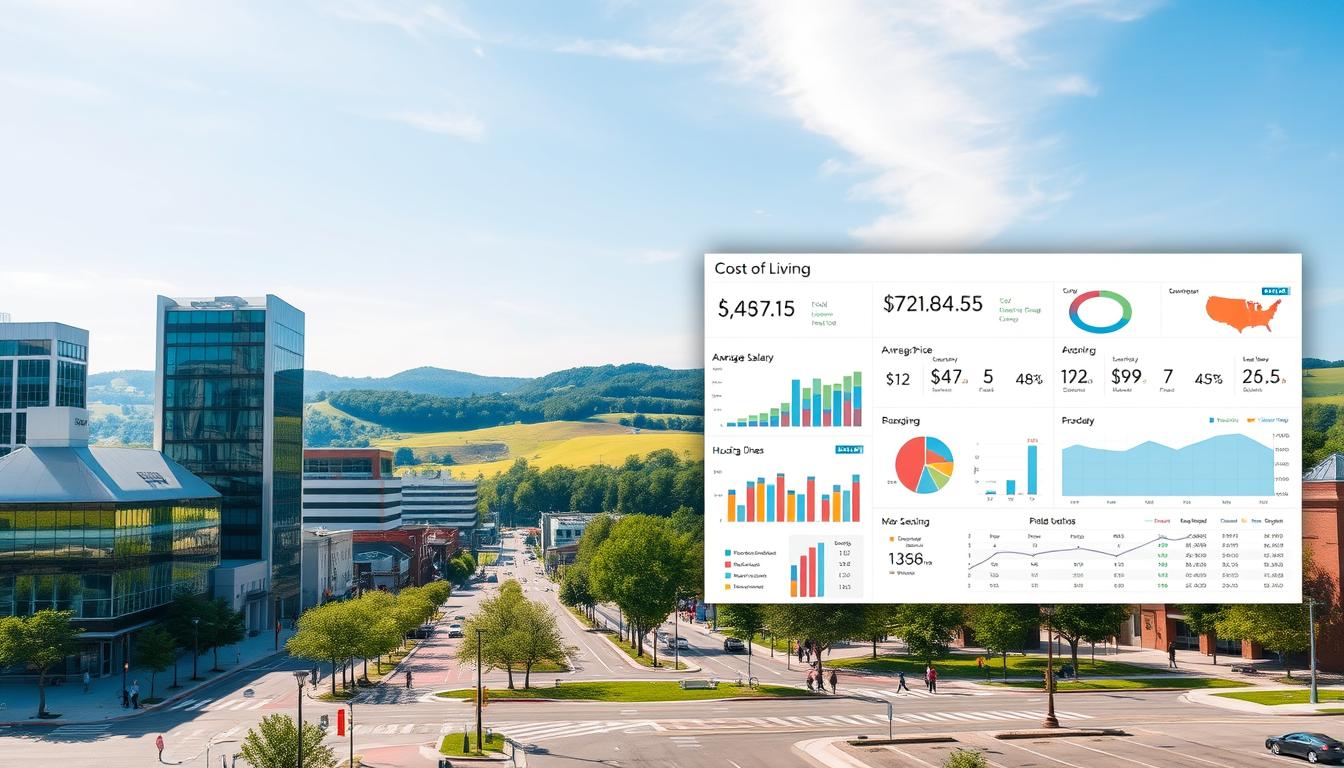Power BI now controls 36% of the global data analytics market—more than any competitor. This dominance creates over 350,000 annual openings for professionals who can turn raw numbers into business insights. With entry-level salaries nearing $93,000, mastering this tool could redefine your career trajectory.
The Bureau of Labor Statistics projects 356,700 new IT jobs yearly through 2033. Power BI developers sit at the center of this boom, translating complex datasets into actionable strategies for companies nationwide. Senior roles average $112,457 annually, reflecting the growing value of data-driven decision-making.
You’ll need more than technical expertise to stand out. Hiring managers prioritize candidates who combine DAX formula mastery with clear communication skills. Platforms like RoboApply streamline resume optimization, ensuring your application highlights both SQL proficiency and real-world problem-solving abilities.
Key Takeaways
- Power BI holds 36% market share, creating high demand for skilled developers
- Entry-level roles offer $92,998 average salary with 356,700 annual IT openings
- Success requires technical skills and business storytelling abilities
- Automated tools like RoboApply improve interview conversion rates
- Senior developers earn 21% more by specializing in industry-specific solutions
Understanding the Role of a Power BI Developer
Modern organizations rely on professionals who convert raw information into strategic assets. As a business intelligence specialist, you’ll shape how companies interpret their operations through data transformation and visual storytelling.
Key Responsibilities and Daily Tasks
Your day starts with extracting data from multiple sources like SQL databases or cloud platforms. You’ll clean datasets, identify patterns, and build interactive dashboards that answer critical business questions. Collaboration with marketing, finance, and operations teams ensures your reports align with departmental goals.
Senior leaders depend on your ability to translate technical findings into plain language. One project might involve creating sales performance visuals for executives, while another requires optimizing data analysis workflows for efficiency.
Essential Tools and Business Intelligence Concepts
Master these core components:
- Power BI Desktop: Primary tool for designing reports and data models
- ETL Processes: Extract, transform, load procedures for reliable datasets
- DAX Formulas: Create calculated columns and measures for dynamic insights
You’ll frequently work with research methodologies to validate data accuracy before visualization. Successful developers balance technical skills with an understanding of organizational KPIs—ensuring every dashboard drives measurable business outcomes.
Why Pursue a Career in Power BI Development
Businesses now depend on visual analytics to drive decisions faster than ever. This shift creates a golden era for professionals who transform raw numbers into strategic roadmaps. Let’s explore why this field offers unmatched growth potential.

Industry Demand and Salary Insights
Over one-third of organizations use Power BI for reporting—nearly double its closest competitor. This dominance means your skills apply to healthcare, finance, and retail sectors equally. Companies need experts who bridge technical analysis with clear business storytelling.
Starting salaries near $93,000 prove employers value entry-level talent. Senior roles surpass $112,000 annually, while analytics managers earn up to $169,109. These figures reflect the premium placed on professionals who convert data into profit-boosting insights.
The U.S. expects 356,700 new IT jobs yearly through 2033. Specialized roles remain scarce—only 35% of data positions get filled quickly. By mastering tools like DAX formulas and advanced SQL techniques, you position yourself as a high-demand candidate.
Career paths extend beyond traditional developer roles. Many professionals transition into data science or consulting, leveraging transferable skills in machine learning and predictive modeling. Continuous updates from Microsoft ensure you’ll always have new features to master, keeping your expertise relevant.
Essential Skills and Training for a Power BI Developer
Success in this field requires balancing technical expertise with business acumen. You’ll need to master specialized tools while explaining complex concepts to non-technical stakeholders.
Technical Skills & Certifications
Data Analysis Expressions (DAX) form the backbone of advanced calculations. Use these formulas to create dynamic metrics like year-over-year growth percentages or inventory turnover rates.
Power Query’s M language lets you clean messy datasets from Excel, Salesforce, or cloud databases. Automate repetitive tasks like merging tables or removing duplicates to save hours weekly.
SQL skills remain critical for managing enterprise databases. Write efficient queries to extract specific records from millions of rows. Combine this with SSRS/SSIS knowledge to handle large-scale data pipelines.
Build intuitive data models that load quickly on any device. Star schemas and relationship optimization prevent lag in reports used by hundreds of employees daily.
Earn the PL-300 certification to validate your expertise. Microsoft’s official credential tests your ability to design scalable solutions using real-world scenarios.
Soft Skills and Communication Requirements
Translate technical findings into boardroom-ready insights. Explain how a DAX formula’s output impacts marketing budgets or production timelines.
Manage multiple dashboard projects using Agile methodologies. Coordinate with designers, database admins, and department heads to meet tight deadlines.
Showcase these abilities in job applications. Tools like professional resume builders help highlight both technical prowess and collaborative achievements.
How to Land a Power BI Developer Job in 2025
Breaking into this competitive field requires strategic preparation. Start by aligning your credentials with industry expectations through targeted skill development and portfolio building.
Crafting Impactful Career Materials
Showcase data modeling expertise through quantifiable achievements. A strong resume might highlight “Developed 12 interactive dashboards reducing supply chain analysis time by 40%.” Include certifications like PL-300 and list tools like Power Query.
Build a public portfolio demonstrating end-to-end project execution. Feature before/after datasets showing how you transformed raw information into actionable reports. For inspiration, explore this comprehensive roadmap for career transitioners.
Mastering Technical Conversations
Prepare for scenario-based questions like “Walk me through optimizing a slow-performing dashboard.” Practice explaining DAX formulas in simple terms while whiteboarding data relationships.
Use mock interviews to refine responses about ETL processes. Record sessions to improve non-verbal communication. For application templates, data scientist resume examples offer adaptable frameworks.
FAQ
What certifications boost credibility for Power BI Developer roles?
Microsoft’s PL-300 (Power BI Data Analyst Associate) certification validates expertise in data modeling, visualization, and DAX. Complement it with Azure Data Fundamentals (DP-900) to showcase cloud analytics skills employers prioritize.
How much hands-on experience do I need for entry-level positions?
Build 3-5 portfolio projects demonstrating end-to-end workflows: connecting data sources (Excel, SQL), transforming data with Power Query, creating interactive reports/dashboards, and sharing insights via Power BI Service. Freelance gigs or internships add practical credibility.
What salary range can I expect as a junior Power BI Developer?
Entry-level roles average ,000-,000 annually in major U.S. tech hubs. Industries like finance and healthcare often pay 15-20% higher due to complex data needs. Senior developers with DAX/Power Query mastery earn 0,000+.
Which industries hire the most Power BI Developers?
Top sectors include healthcare (patient analytics), finance (risk dashboards), retail (sales forecasting), and logistics (supply chain optimization). Manufacturing and energy firms also use Power BI for IoT data visualization.
How do I prepare for technical interviews?
Expect scenario-based questions like “Optimize a slow-performing report” or “Troubleshoot DAX measures.” Practice data modeling exercises using Star Schema, time intelligence functions, and role-playing user story implementations.
Are SQL skills mandatory for Power BI roles?
Yes – 82% of job postings require SQL for querying relational databases. Focus on JOIN operations, subqueries, and window functions. Pair this with Power Query’s M language for ETL processes in Power BI.
What soft skills differentiate top candidates?
Translate technical details into stakeholder-friendly insights. Showcase collaboration via tools like Azure DevOps or Jira. Highlight problem-solving through case studies where you identified business needs and delivered actionable reports.


















